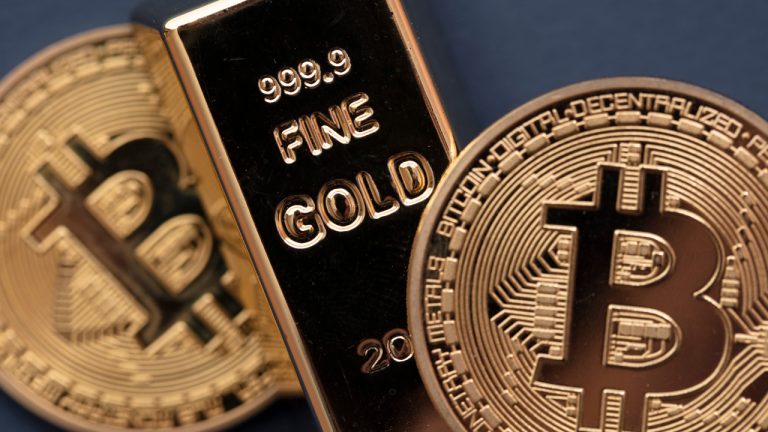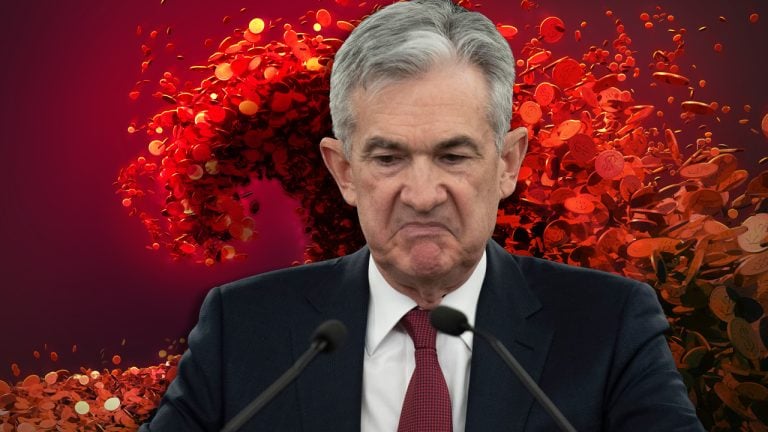
Macro factors will play a dominant role in sparking the next crypto bull market, which should start in Q2 2024, according to Raoul Pal.
The next crypto bull market is likely to kick off in Q2 2024, when the Bitcoin (BTC) halving is set to take place, says macro investor and Real Vision CEO Raoul Pal.
He is convinced that despite the hype surrounding the halving, macro factors will play the leading role in sparking the next uptrend.
According to Pal, the Bitcoin halving cycle coincides with the macro cycle, which means every halving so far has taken place in a similar macroeconomic environment: monetary expansion and low interest rates.
“Macro is actually the dominant factor, and the halving is a false narrative, but it doesn’t matter because it still works,” Pal said in an interview with Cointelegraph.
Among the main catalysts favoring crypto next year are central banks cutting interest rates and potential fiscal stimulus that could precede the United States presidential election.
Regarding price targets, Pal wants to avoid making predictions given that “you get beat over the head by people” for not getting them right.
Still, looking at past performance, Bitcoin could double or triple its latest all-time highs, Pal believes.
To learn more about how to prepare for the next crypto bull market, check out the full interview with Pal, and don’t forget to subscribe to Cointelegraph’s YouTube channel!





 " title="
" title="




